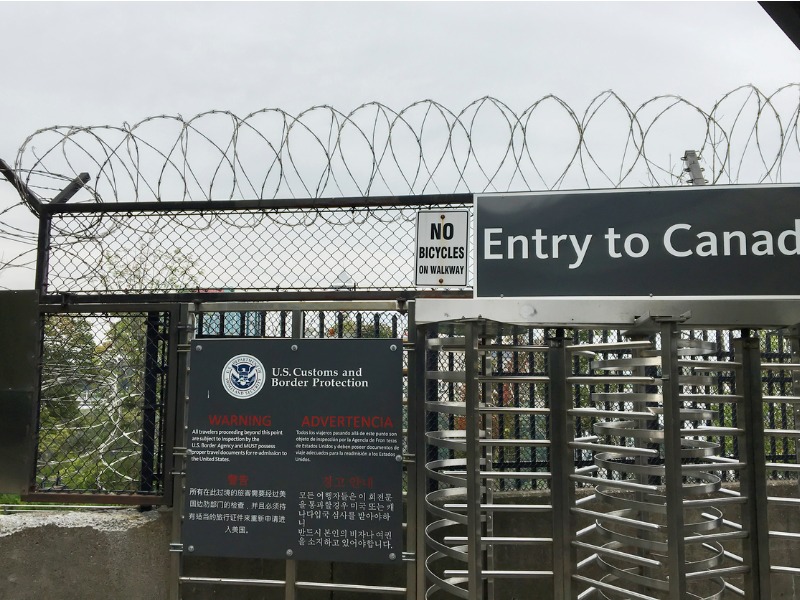
While immigration hit record heights last year, the federal government wants to ramp that up by about 25% over the next couple of years — a policy that will provide support for the economy, and housing markets in particular.
After a record 405,000 immigrants were admitted to Canada in 2021, a just-released plan from the Immigration, Refugees and Citizenship ministry sets a target of adding 500,000 new permanent residents in 2025 (plus 465,000 in 2023 and 485,000 in 2024).
Among other things, the plan aims to help address labour shortages that have emerged in the wake of the pandemic — particularly in the skilled trades and healthcare, manufacturing and technology industries — along with economic and social trends such as population aging.
In a research note, Scotia Economics said that the new targets — which equates to adding a new city the size of Ottawa or Edmonton every couple of years — positions Canada as one of “few advanced nations doing something about longer run workforce challenges…”
“Labour markets will welcome the higher targets over time by comparison to soft domestic demographic drivers and skills shortages, but we’ll have to get through a recession’s likely impact upon the labour market first,” Scotia said in its report.
The flow of new immigrants will also provide support to housing markets, it said.
“Canada will have to build more homes. Fast. It already had deep supply issues and now they’ll become more acute,” the report said. “The stimulus boost leans against a housing correction on the new build side and mitigates it on the resale side.”
This could also stoke some inflation down the road, as housing demand ramps up, outpacing new supply, it noted.